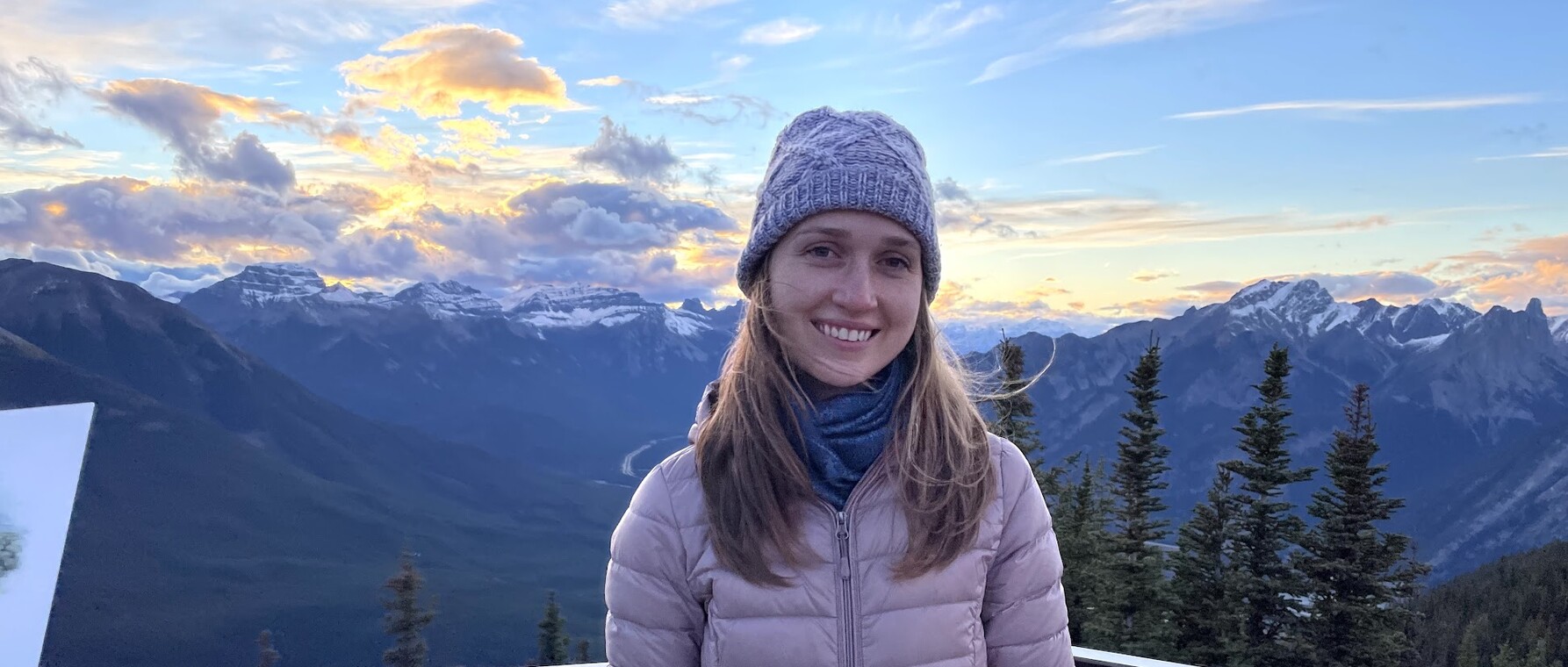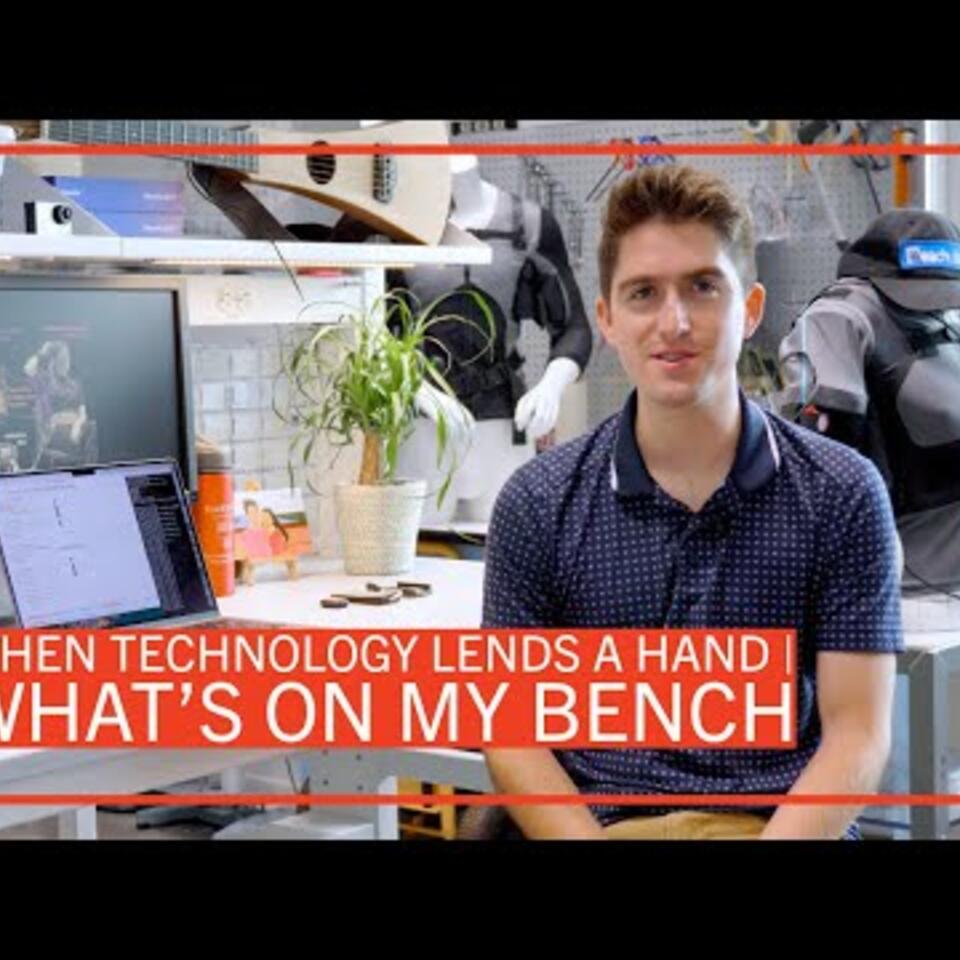Predicting Quakes from the Ground Up
Harvard Griffin GSAS Voices: Natasha Toghramadjian, PhD student

Natasha Toghramadjian is a PhD student in the Department of Earth and Planetary Sciences at Harvard Griffin GSAS. She discusses her research modeling active fault systems that have the potential to cause devastating earthquakes, how she uses an unlikely data source to further scientific research, and how her experience with the Harvard Catholic community has been a mainstay in her life in graduate school.
Preparing for the Next Big Quake
I study earthquakes and the geological structures in which they occur—faults. Faults are cracks in the ground where energy is released during earthquakes. The three-dimensional structure of a fault directly controls the type of earthquakes that occur on it as well as the way those earthquakes shake the ground. Understanding these motions and the location, size, and interconnectedness of fault systems is a critical part of preparing for seismic activity.
Faults can be cryptic targets of study because they act on geologic time scales. It can take hundreds of years for enough energy to build up and be released in a large earthquake. In some cases, we’ve built entire cities on top of active faults without knowing much about them. We can underestimate how large a fault is or if faults connect with each other below the earth’s surface—or we might not even know a fault exists.
In my research, I model faults in large cities like Los Angeles, Seattle, and Yerevan. I’ve recently been focused on the Newport-Inglewood fault of Los Angeles, which cuts over 40 miles through densely populated neighborhoods and poses one of the greatest hazards to life and property in the United States. Key aspects of the fault’s structure and activity remain unclear largely because its last major earthquake was in 1933 and the urban development of Los Angeles has erased much of the fault’s expression at the earth’s surface. Given how population density in the area has increased since 1933, the next earthquake has the potential to be much more devastating.
To study faults like the Newport-Inglewood, I’ve had to look for data in some surprising places. Los Angeles has a long history of oil production and, over the decades, well operators have probably had the most sustained and intimate contact with the region’s geology. Petroleum engineers would often take notes on their log sheets of what rocks they encountered or if they were drilling directly through a fault. The individual entries can be idiosyncratic; sometimes they’re just brief acronyms or faintly scrawled personal thoughts penciled in the margins. But taken together, the notes are a comprehensive and rich source of data that describes a complex fault system.

These logbook notes weren’t required or standardized documentation, but many of them ended up in the State of California’s public archives. After looking through tens of thousands of pages of notes, I was able to identify about 5,000 usable, mutually corroborating measurements of faults and rock units representing a collective dataset sourced from hundreds of individuals. These notes have provided some of the most high-resolution geological insights into the complex Newport-Inglewood fault system. With this data, we have been able to model the fault in precise three-dimensional detail.
Better fault models enable us to start reconsidering seismic hazards, updating building codes, and targeting resources where they’re needed most. A more robust and holistic incorporation of fault systems into urban planning will help mitigate disaster when the next earthquake strikes.
The Whole of Human Experience
Science is a wonderful tool with a well-defined set of capacities, and it is effective at pursuing material, testable questions. However, it can’t make moral judgments or aesthetic statements nor can it guide you on what to do with scientific results. To live a full human life, we need sources of knowledge other than science.
In this context, the Harvard Catholic community has had a major influence on my growth as a person and a scientist. The fellow scientists I have met through the community are some of my closest and most thoughtful friends and colleagues, and faith has helped me preserve the sense of wonder that is so important as a researcher. When you pair the scientific approach to truth with the religious or spiritual, you have an opportunity to live as a more fully integrated human being.
Get the Latest Updates
Join Our Newsletter
Subscribe to Colloquy Podcast
Simplecast




